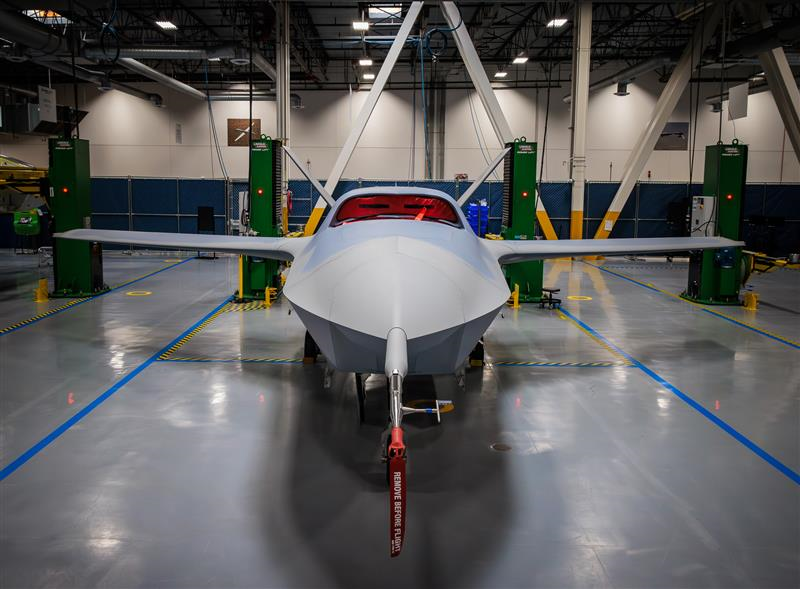Secretary Granholm Highlights DOE's Energy Innovation at NETL Visit

U.S. Secretary of Energy Jennifer Granholm recently visited the National Energy Technology Laboratory (NETL) in Morgantown, West Virginia, as part of her comprehensive tour of the Department of Energy's (DOE) national laboratories. The visit underscored the Biden-Harris Administration’s commitment to advancing clean energy technologies and bolstering American energy leadership.
Secretary Granholm's tour focused on showcasing NETL's groundbreaking research and development efforts in areas crucial to the nation's energy future. NETL, a cornerstone of the DOE's research enterprise, plays a vital role in developing innovative technologies for carbon capture, utilization, and storage (CCUS), advanced energy storage, and hydrogen production. These areas are considered pivotal in achieving the administration's ambitious climate goals and transitioning to a cleaner, more sustainable energy economy.
“NETL is a powerhouse of innovation, and seeing the incredible work being done here firsthand reinforces the importance of continued investment in our national laboratories,” Secretary Granholm stated during her visit. She emphasized the lab’s contributions to addressing climate change and creating a more secure and resilient energy system.
A key topic of discussion during the visit was the “One Big Beautiful Bill” – officially known as the Inflation Reduction Act – and its impact on the energy sector. Secretary Granholm highlighted the Act’s significant investments in clean energy technologies, stating that it is “critical for the energy world that I work in.” The IRA provides substantial funding for research, development, and deployment of clean energy solutions, offering a significant boost to NETL’s ongoing projects and enabling the lab to expand its research capabilities.
The Inflation Reduction Act’s provisions supporting CCUS are particularly relevant to NETL's mission. The laboratory is at the forefront of developing technologies to capture carbon emissions from industrial sources and power plants, preventing them from entering the atmosphere. Furthermore, NETL is actively researching methods to utilize captured carbon to create valuable products, contributing to a circular economy and reducing reliance on fossil fuels.
Beyond CCUS, Secretary Granholm’s visit also shed light on NETL's work in energy storage and hydrogen. Advanced energy storage technologies are essential for integrating intermittent renewable energy sources like solar and wind into the grid, while hydrogen is increasingly recognized as a versatile energy carrier with the potential to decarbonize various sectors, including transportation and industry.
Secretary Granholm’s visit to NETL served as a powerful reminder of the vital role that national laboratories play in driving energy innovation and supporting the nation’s transition to a clean energy future. With continued investment and collaboration, NETL and other DOE labs are poised to make significant contributions to addressing climate change, creating jobs, and strengthening America's energy security.






